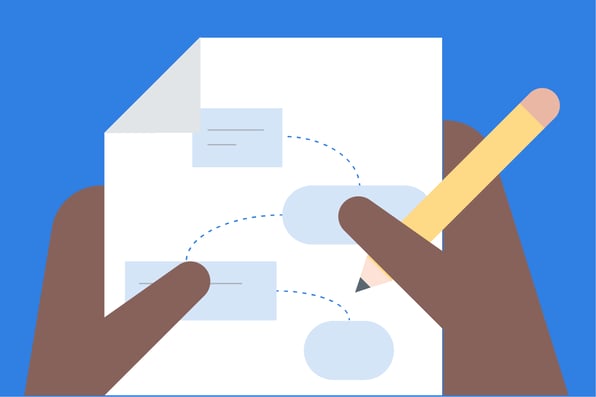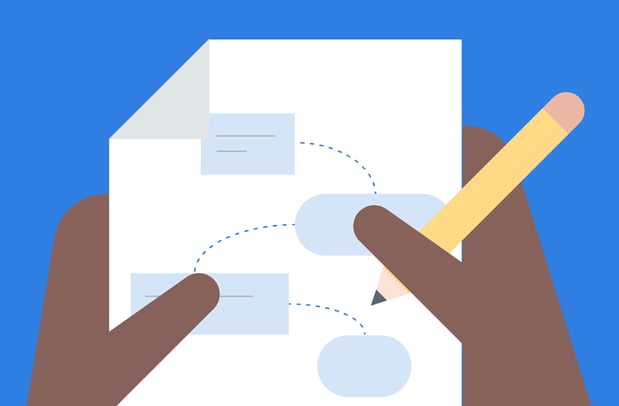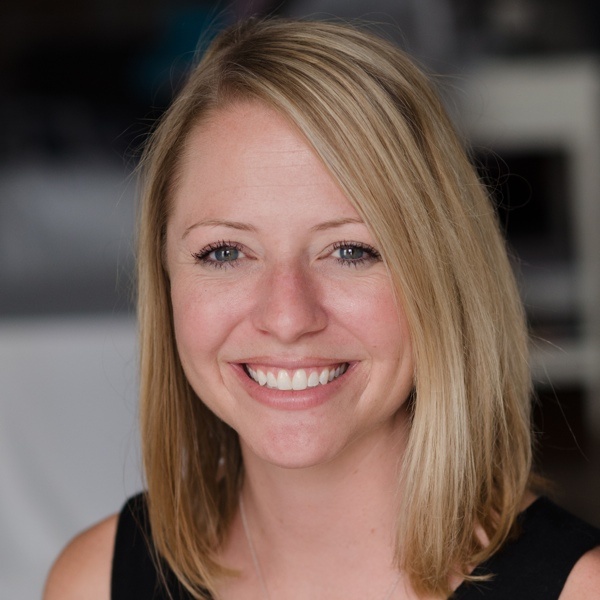
Using the Start–Stop–Continue Framework to Optimize Classroom Strategies
Rethink how your school evaluates best practices.

At the end of the fiscal year, each member of our startup team writes down what we’d like to continue doing in the next year, what we’d like to stop doing, and what we’d like to start doing. It’s a simple method for tracking what worked and what didn’t, and it helps us decide what our future goals should be.
At your school’s end-of-year evaluations, use the Start–Stop–Continue Framework to help teachers reflect on and evaluate their teaching practice.
Because each school has its own limitations – such as budget, time, or accessibility – it’s important to commence evaluations with a realistic understanding of what can and cannot be changed. Therefore, assessing classroom strategies can provide an opportunity for teachers to reflect on what they’d like to learn (start), what they found didn’t work (stop), and what advice they could share with their colleagues (continue).
As an administrator, ask yourself: How can I provide the environment for my teachers to grow professionally by sharing successes and learning from others?
At the evaluation, you can use the following sentence prompts to guide teachers through reflection of the school year.
Start
- What’s a strategy or model you’ve heard about that you think we should try in our classrooms?
- What would you like to learn from your colleagues?
Stop
- What types of communication didn’t work well with your students?
- Did any strategy prove to be ineffective with your students? How did you know?
Continue
- Which strategies have made an impact on your students? How do you know?
- What are the success stories you’d like to share?
After meeting with teachers individually to identify which actions they’d like to start, stop, and continue, administrators should make a count of which issues were brought up by multiple colleagues. This way, leaders can clarify which tasks have had the biggest impact on the entire team, and focus on making them part of a teamwide conversation.
Before the school year begins again, bring your teachers together in small groups to learn a new strategy together, or share their insights on what worked for certain circumstances. You can print out copies of this start-stop-continue worksheet to help organize thoughts.
Further reading:
- Stop, Start, Continue: Conceptual Understanding Meets Applied Problem Solving (edutopia)
- Getting Feedback from Students (Boston University)

Amy comes from a special education teaching background in Chicago Public Schools and brings her teacher perspective to her role as Director of School Partnerships. She earned her bachelor’s degree in elementary education from the University of Illinois Champaign-Urbana, and her master’s degree in special education from Dominican University.
Amy served as her school’s Response to Intervention (RtI) coordinator as well as the special education case manager. Amy also earned her National Board Certification in 2012 and has written for several curriculum projects.
